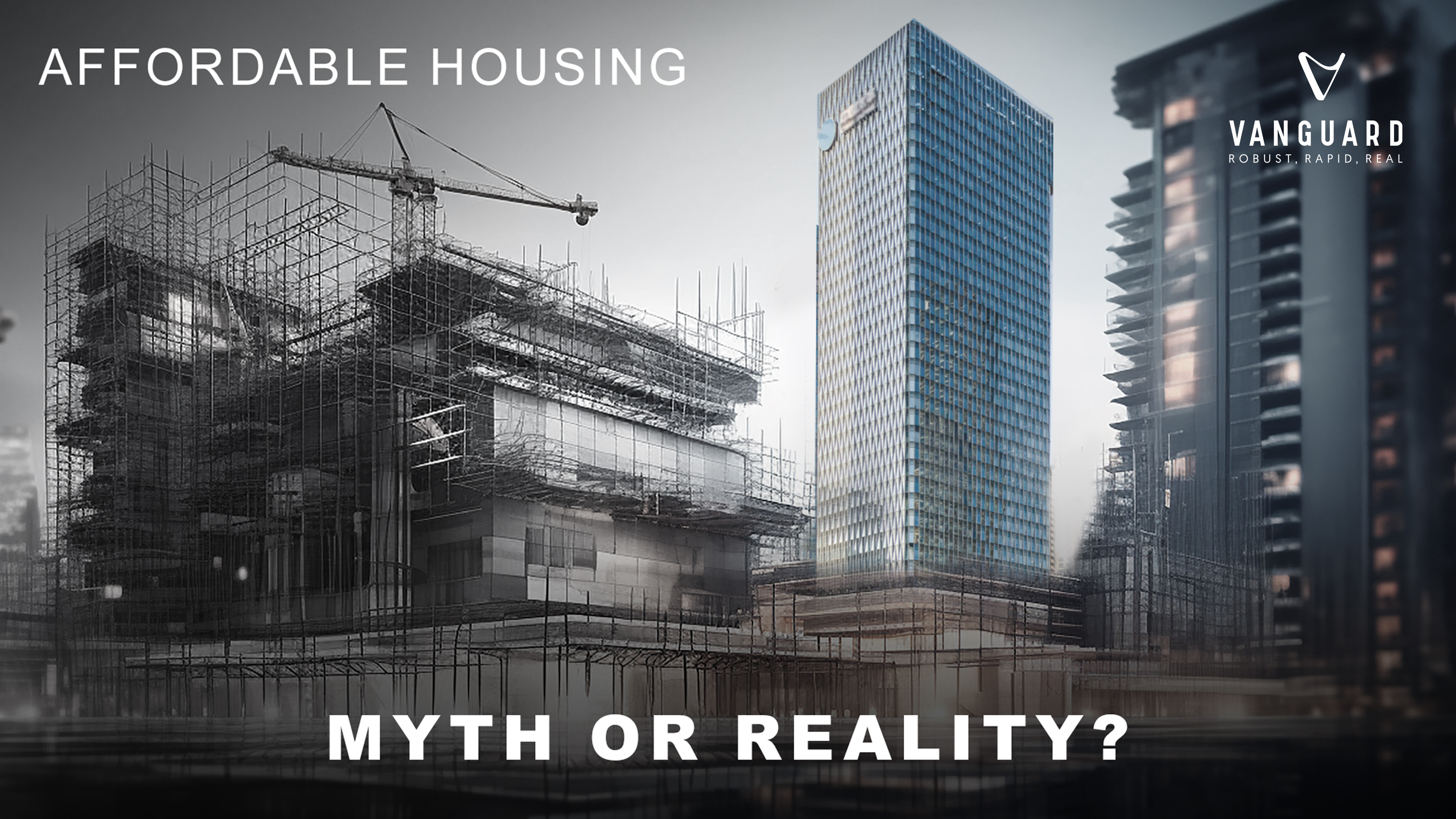Our Office
-
710, A-Wing, Centrum Business Square, Road No. 16
-
Wagle Estate, Thane (West) 400604, Maharashtra.
Rapid. Robust. Real.

Owning a home has always been the ultimate goal for many, but with rising prices and shrinking spaces, the question lingers: is affordable housing really a reality, or just a well-packaged myth?
For years, "Affordable" has been a buzzword in the real estate industry, often highlighted in advertisements and campaign slogans. Yet, for the average homebuyer, affordability often feels like an illusion—something that exists in brochures but not in actual market listings.
While developers are actively trying to bridge the gap with budget-friendly projects, government-backed schemes, and innovative construction techniques, factors like skyrocketing land costs, rising material prices, and stringent regulations continue to push homeownership further out of reach.
Affordable housing isn't just about a lower price tag; it’s about creating homes that fit comfortably within a buyer’s financial reach without compromising on basic living standards. A truly affordable home balances three key factors:
The answer isn’t a simple yes or no—it depends on perspective, location, and execution.
For a home to be genuinely "affordable," it needs to balance price, quality, and accessibility. Some developers have successfully delivered homes that cater to middle- and lower-income groups, but do these homes meet buyer expectations?
Tata Housing and Lodha Group prove that affordable housing doesn’t mean compromising on quality. Tata’s projects, like Amantra, focus on well-planned layouts, essential amenities, and strategic locations that provide comfort and convenience at a reasonable price.
Meanwhile, Lodha’s Palava City goes a step further by developing a fully integrated township with schools, parks, and commercial spaces, offering residents not just a home but a complete lifestyle. Both developers use innovative construction techniques and efficient planning to keep costs in check while delivering real value.
With smart planning, government support, and evolving construction technologies, the gap between aspiration and affordability is narrowing. The road ahead is still long, but one thing is clear: the dream of owning a well-designed, budget-friendly home is no longer just an illusion—it is becoming a tangible reality.